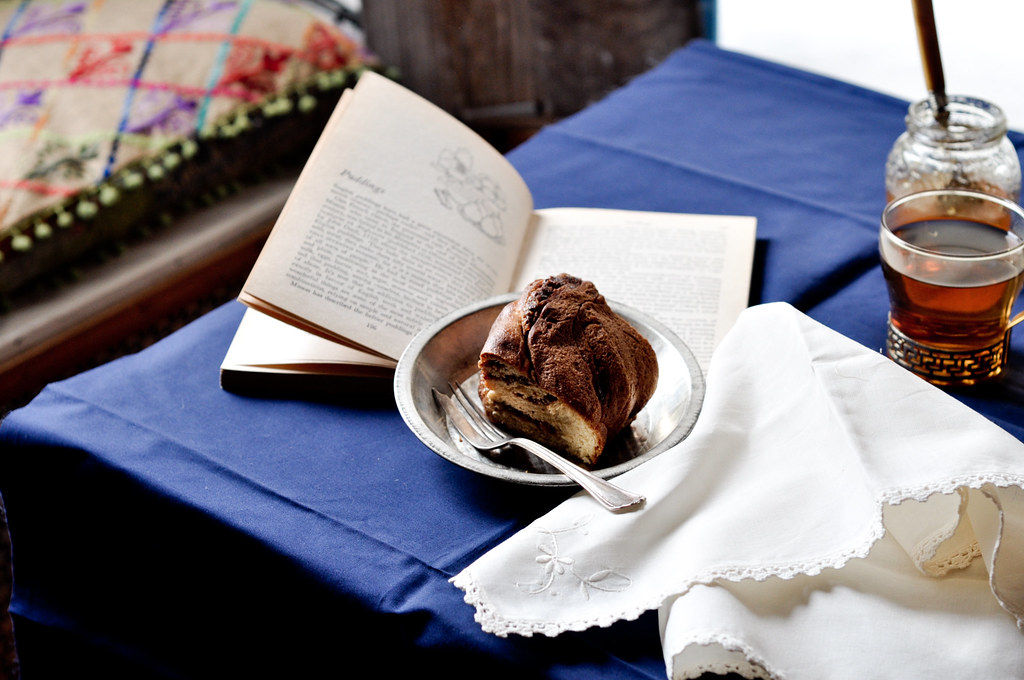Last week, I stopped time.
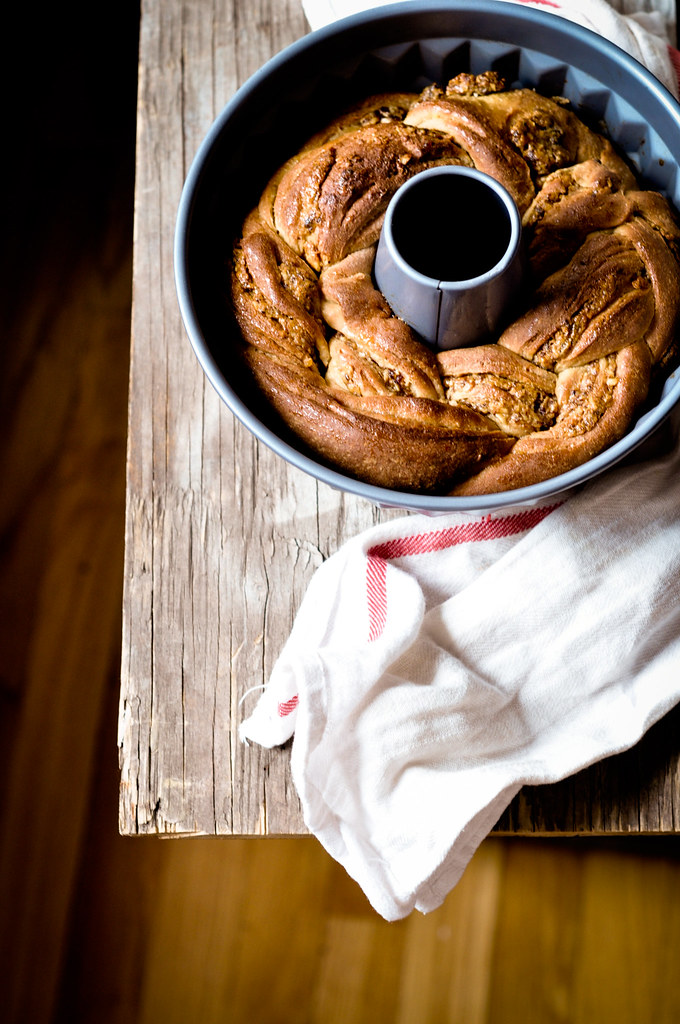
I mark the passing time in weird ways. In the seconds that the milk goes from simmer to boil, in minutes I bested my own running speed, in hours it takes for bread to rise, in days it has been since I saw my friends, in months that slipped by without the smell of bread rising on the kitchen counter.
It is the last that has me here talking to you today. It has been a good 10 months since the last dough rose to that tactile stretchiness that I so love running my fingers through. I had reasons.
Sometime last year, I suddenly realized that eating bread often times left me feeling discomfited after. It was an
sad
appalling realization that I was intolerant to something in bread. You see, not only did I love making bread, I love eating it. And, since I came to the US, I had been consuming it, rather freely. The soft, cake like texture of store bread here is so different, more alluring than the harder, crustier ones I was used to in India. In fact, the only time, bread was soft was when it was a fresh loaf straight out of the oven in the bakery. That was luxury.
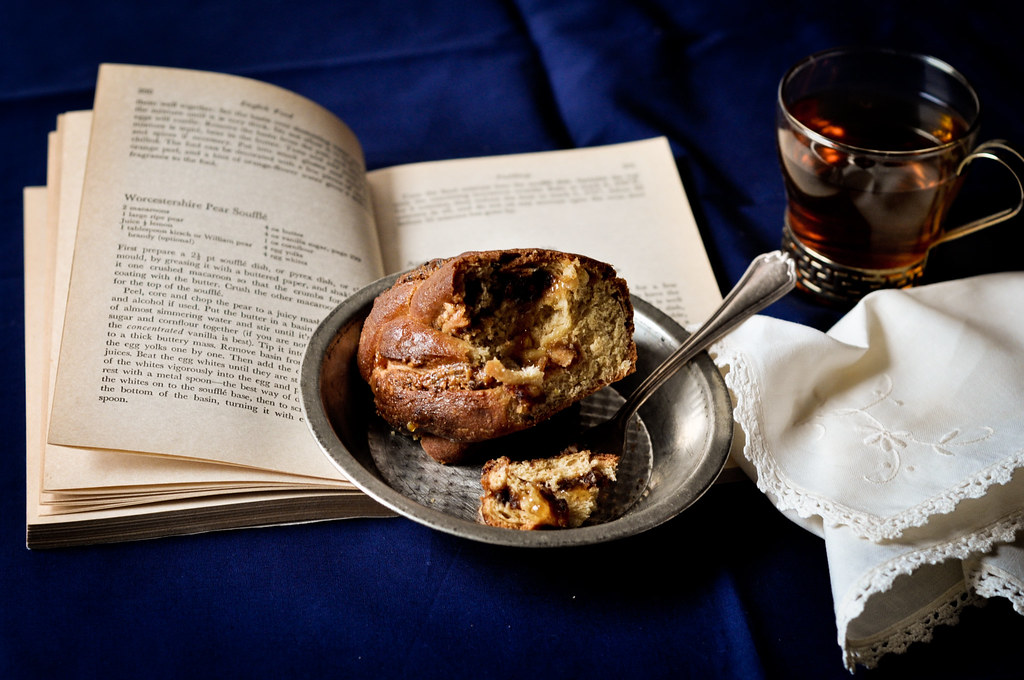
For two-thirds of my life now, my diet had about 1% yeast. I ate mostly unleavened flat bread, rotis. I used these rotis, merely as a necessary vehicle to scoop up cup fulls of vegetables that were
sides
{I am not a huge carb person and I love vegetables}. The rotis I grew up with were made of whole wheat flour that we milled from whole wheat we purchased from the state grain store. You read that right. That is how things worked almost until i left the country 9 years ago.
We would buy a few kgs of wheat each month that was taken to the small scale miller who ground it into flour and we brought it back home in plastic buckets. The flour came out hot from the miller's huge iron machine that I was always in awe of. Once the flour cooled (if you covered the hot flour, it was invitation for grain worms to thrive in the humidity), it was packed into tin containers for use.
Nine years ago, when I came across the version sold here, I was super thrilled. Oh, the texture was so indulgent, it felt sinful. The irony I see now, plain as day. Never having been exposed to the extent of processing that a simple item like bread could undergo, I consumed it with relish, in sandwiches, as a hunger restraint slathered with butter. I gauged restaurants by the quality of bread they served, little realizing that no matter what, it was still being made from not-so-great flour. To put that in context, if you are using real, stone ground flour without preservatives or other chemicals, then you genuinely cannot afford to give unlimited amounts of it away for free! But, beware of those simply charging for bread. Ask what they make it with and if it is the real food.
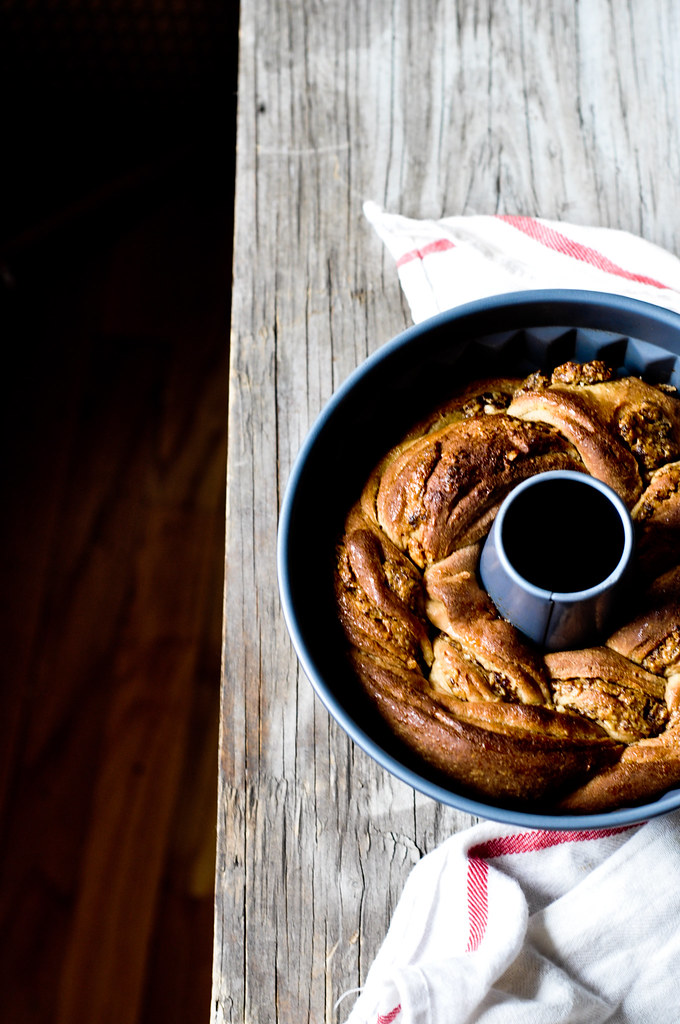
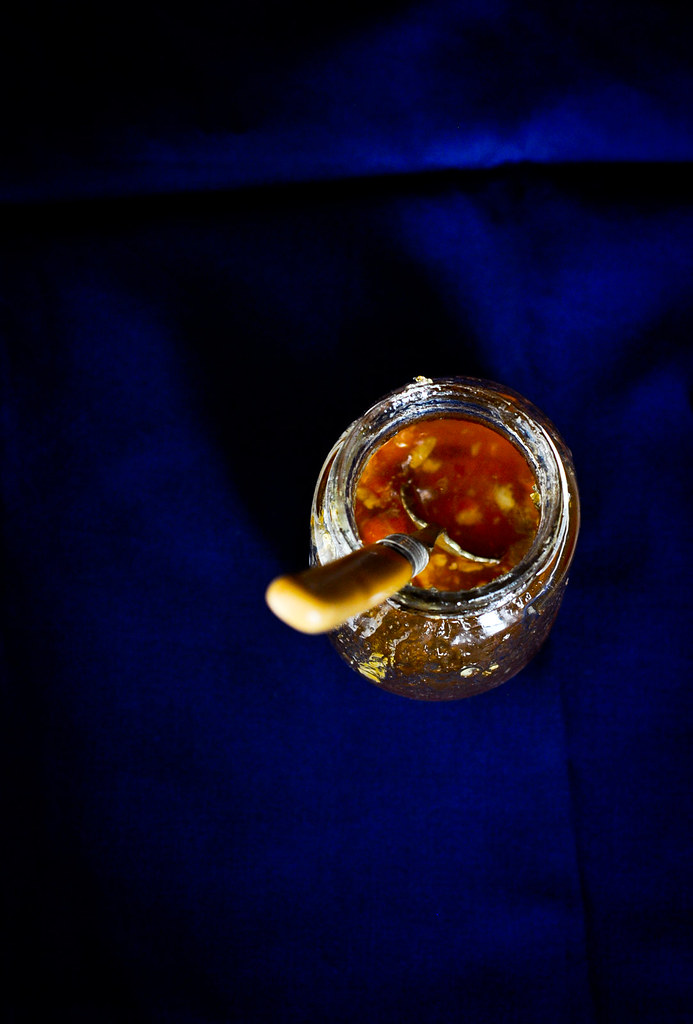
Nevertheless, years of abuse and exposure to a component that was not a eating habit, yeast, left me vulnerable to its inevitable long term effects. I became mildly intolerant to it. I am thankful that I am sufficiently tuned to my body to have caught it. I quit bread for the most part and yeast entirely. I stuck to sourdough, made with natural levain, and that worked brilliantly. Even that, I ate only from places I trusted to not have any additives. Whenever I strayed and gave in to impulsive desires and attraction of unestablished place, my body sent immediate signals that worked really well in training my mind. LOL.
Anyway, eventually, I realized that I was getting back my normal self. I missed bread. And, the joy of making it. So, I decided to slowly introduce it back in a controlled way. That is, I am sourcing the yeast from where the packet's list of ingredients simply reads 'yeast'. Thats all. The same goes for flour. Not enriched, fortified, blah blah. Fortunately, that shift I had made a couple of years ago. To your unasked question, yes, it costs more. So, I cherish it and use only as much as I need.
Last week, I dialed back time. I made bread. It felt great. I loved every bite and my system did too. I had halted the deleterious effect of several years of processed ingestion.
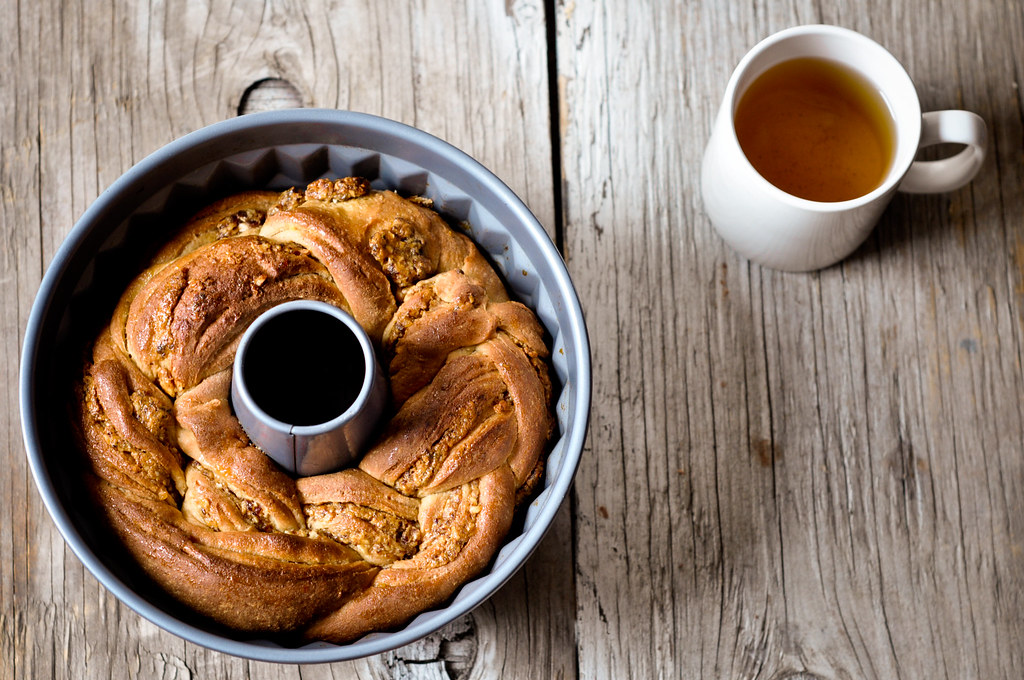
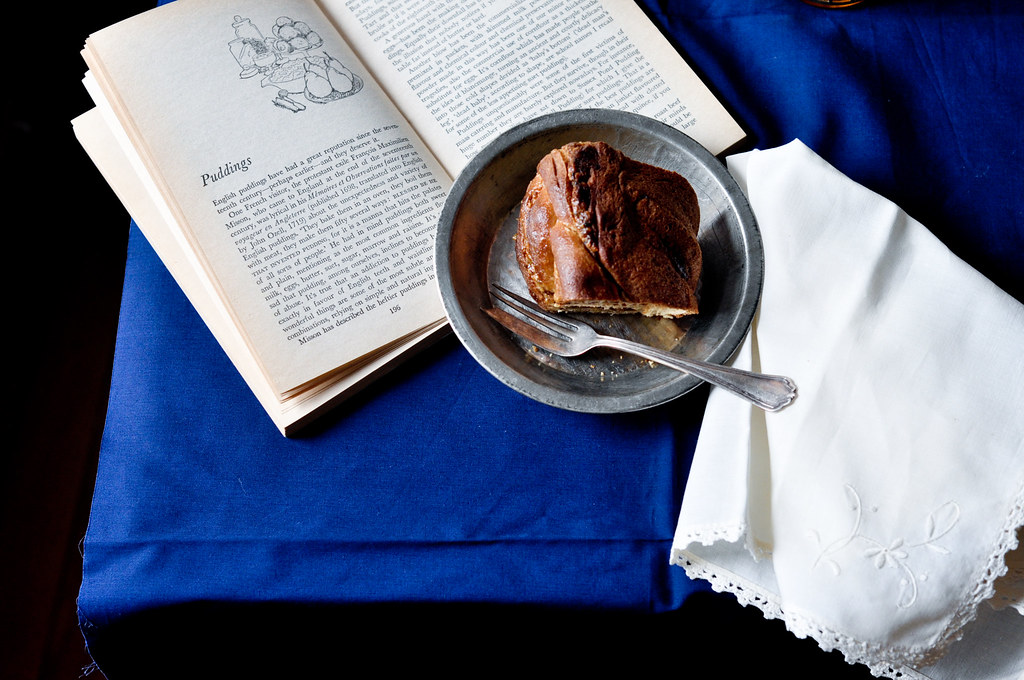
The bread I chose for my resurrection is my version of babka; a rich, eggy bread made with filling of dates, hazelnuts and homemade orange marmalade. It isn't exactly a babka because the filling doesn't run in swirls all through the bread, just enough, to lend flavor to the whole bread and leaving you looking forward to the next bite that is filled with a little sweet, a little bread.
And, the best part of this bread is, after several breakfasts and teas, when it gets crusty, it makes a luscious bread pudding!! :)
Next on the to-do list is Sourdough starter!
Date, Hazelnut and Orange Babka-ish Braid
{I knead dough by hand. I love it and I feel the changing texture of the dough to decide when it is ready. If you are using a dough hook machine, knead per instructions until the dough passes the window pane test}
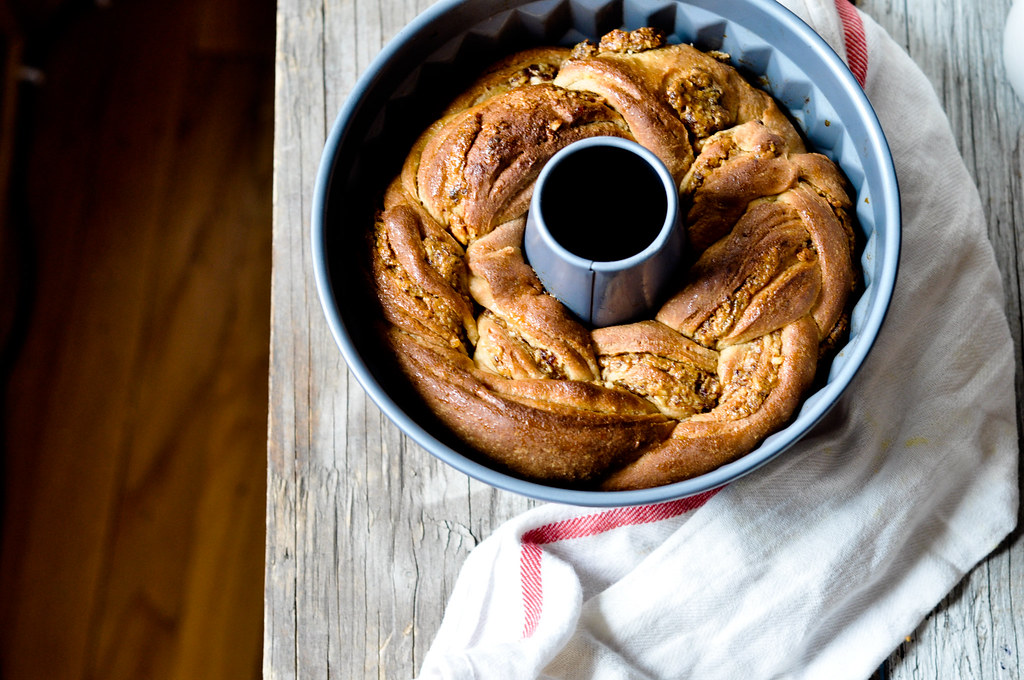
For the dough:
2 cups whole wheat flour
1.5 tsp yeast, dry active
1.5 oz butter
2 eggs, lightly beaten
2/3 cup cream
Filling
1/2 cup pitted dates
1/4 cup orange marmalade
handful of tasted hazelnuts
For the glaze
2T marmalade
2 T butter
To make the dough:
On low heat, melt the butter in to the cream and set aside.
In a large bowl, sift together the flour and yeast. Make a well in the center, add the eggs and the cream and butter mixture. Starting from the center, incorporate the flour into the wet mixture until you have used up all the flour and a dough is starting to come together.
Knead the dough for 5-7 minutes, until it is stretchy and tactile. It should pass the window pane test.
Transfer the dough to a lightly oiled bowl (or clean the same one and reuse), coat on all sides, cover and rest for about an hour until doubled.
While the dough rises, get a cup of tea and relax. As it is getting done, pulse together the filling ingredients to make a crumbly mixture. Warm together the butter and marmalade reserved for brushing.
Lightly flour the counter top. Lay the risen dough on the flour and gently press with tips of fingers to degas.
Flatten dough and roll into a rectangle about quarter inch thick. Brush a light coat of the glaze. Turn the dough rectangle, so the longer side is parallel to you andspread the filling across the third closest to you. Tightly roll the dough into a long log.
Turn the log, so it is perpendicular to you. Leaving a inch from the far edge, slit the dough straight down in thirds. Pleat the dough loosely.
At this stage, you can mold it into any shape you choose. I used a bundt pan because I like rounded shapes. If you want to use the same, gently lift the dough into the mold and overlap the cut end of the log to fall over the other end.
Cover and let proof for another 40 minutes until it swells up. The bread doesn't exactly double in volume at this stage.
Meanwhile, preheat the oven to 400F and let is heat up for another 10 minutes.
To check the dough for readiness, press gently with tip of fingers. If it is right, it will spring back to shape but retain a slight dent. If you don't see it, let it prove for longer.
When ready, gently brush with a quick glaze. Lower the temperature to 350F and bake for 25-30 minutes until browned on top.
Remove from oven and quickly brush on the remaining glaze. Remove from oven and cool on rack.
You can cut into this bread-cake even while it is warm. It tastes amazing!
